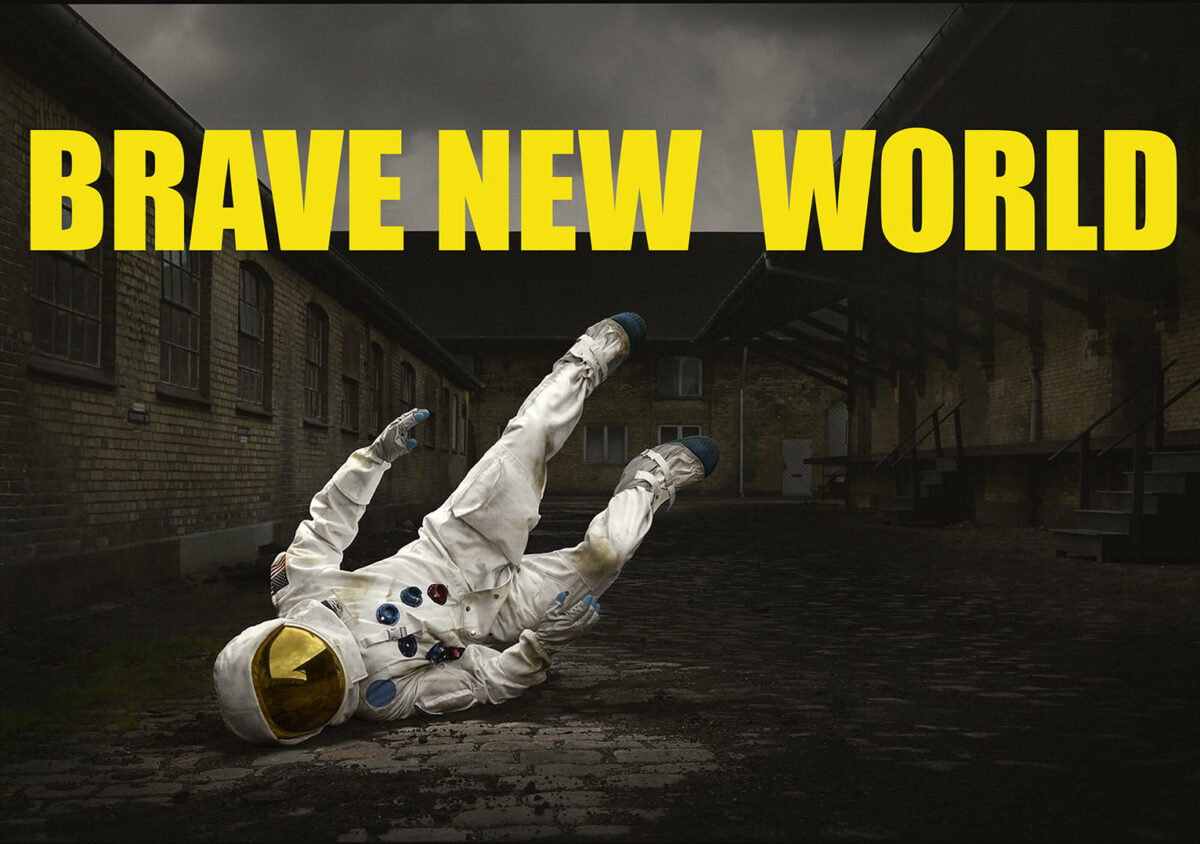BRAVE NEW WORLD
Engagement: Urban Cultures, Campus Brussels
Tutors: Caroline Sohie and Alex Christodoulou (ARUP)
Change is a challenging prospect but evermore present in our lives, as it disrupts our worlds and threatens profoundly engrained claims on wellbeing, livelihood, societal status, comfort, safety and security.
The design studio BRAVE NEW WORLD is a call to cease the fear of change and to embrace it as a positive agent that can enable the transition towards better futures. Through the lens of uncertainty, different inroads are explored on how the future can be re-imagined with the insight of the present.
The studio is a critical design platform to provoke informed debate and reflection on the broader societal role of architectural practice and gain insight, through critique and design, in one’s own engagement with a changing reality. The studio is conceptualised in collaboration with Computational Design Engineer Alex Christodoulou of Arup (https://www.arup.com/projects/valley) to cross-fertilise concepts across disciplines, media and techniques. The following fundamental questions will lead the conceptual framing;
What is the role of design in a world of uncertainty?
How can architectural practice be a strategic enabler of change?
What drives the design of tomorrow’s world?
Designing for the future or designing the future?
The studio encourages radical and provocative ideas that expose and challenge the status quo, test the role of architectural practice and bring an original, imaginative perspective to architecture as a catalyst for positive change.
The studio works at three scales; society, the city and the architectural intervention
The focus of the architecture will be the development of a public infra-structure that reflects the critical agenda and vision that the student adopts, within a future time horizon.
Prominent features of the studio include;
- Critical provocations; challenge the role of architectural practice in a contemporary context
- Trend analysis; explore emerging trends through data
- Identification of design drivers; develop a critical framework to enable change by design
- Scenario planning; tools for critical engagement with imagined futures
- Tactics of design; trans-disciplinary design approaches to reconceptualise the built environment
- Parametric design approaches; testing design assumptions for performance optimisation
- Multi-media tools; to analyse, test and convey sensibilities, proposition and programme, as the project unfolds overtime
- Visualisation techniques that make data ‘tell a story’
- Strategic design; visionary strategies towards catalytic change

